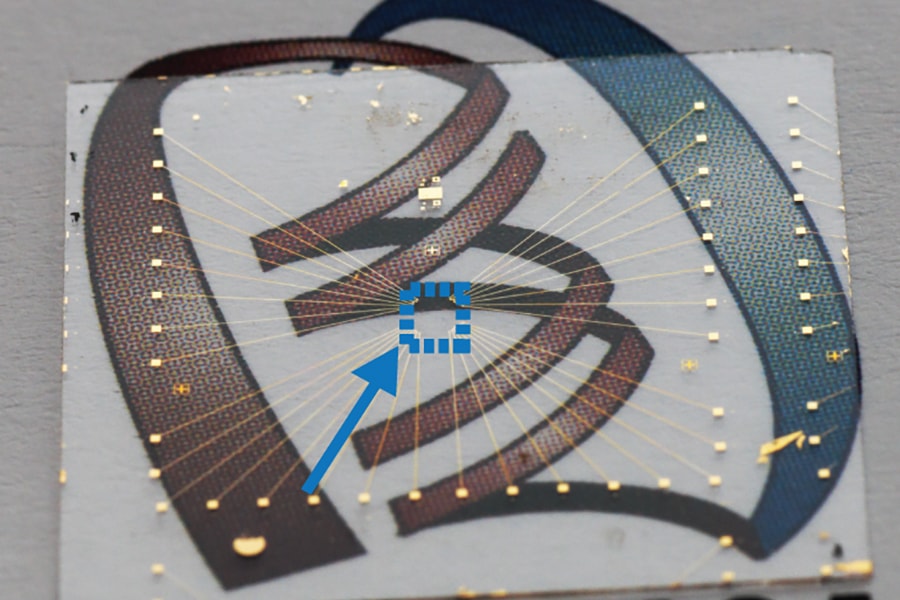
Cohen-Karni Wins Young Innovator Award for Research on Heart Cells
Tzahi Cohen-Karni, an assistant professor of biomedical engineering and materials science & engineering at Carnegie Mellon University, has been named a 2018 Young Innovator by the Biomedical Engineering Society's journal Cellular and Molecular Bioengineering for his work on capturing heart cell data through tiny graphene sensors. The work sets the stage for deeper investigations into heart arrhythmias and disease such as Alzheimer's and Parkinson's.
As part of the award, Cohen-Karni and his team published a research paper, "Graphene microelectrode arrays for electrical and optical measurements of human stem cell-derived cardiomyocytes." Co-authors include Associate Professor Adam Feinberg, Ph.D. students Sahil Kumar Rastogi and Jacqueline Bliley, postdoctoral research fellow Daniel Shiwarski and alumnus Guruprasad Raghavan. This research was supported by the Office of Naval Research Young Investigator Program.
The paper describes Cohen-Karni's work creating microelectrode graphene sensors, which the researchers have shown can take precise optical and electrical recordings of spontaneously beating heart cells known as cardiomyocytes.
The tiny, clear graphene electrode sensors are so sensitive that they can measure electrical signals on a cellular level. Because they are transparent, the researchers can use a microscope to see the cell's changing fluorescence as it beats by viewing the pulsing electrical rhythm of specific chemicals, such as calcium, in the heart cells. Each sensor, which is part of an array of several sensors, takes readings from a single cardiomyocyte as the cell beats and its electrical signals change.
"When a cell is cultured on this electrode array, every time the cell beats, it generates an electrical field that is coupled to our sensor, and we measure this potential change," said Cohen-Karni, who is a member of CMU's Bioengineered Organs Initiative. "What you can also see is the changes in the calcium flux. Every time the cell beats, you see a change in the intracellular concentration of calcium. And the electrode is there.

An image shows a graphene microelectrode array fabricated onto a glass coverslip. Microelectrodes exist at the center of the glass and are invisible to the naked eye.
"This is where the idea is highly powerful — because now I can take the optical signals and plot how the intensity is changing as a function of time, and correlate it to electrical properties. And because the graphene platform is transparent, you can image through the graphene and actually see single cells on top of the electrodes. This is a big advantage when we think about fusing electronics with tissue and using different modes of investigation."
The paper will be published in the October 2018 Young Innovators print issue of Cellular and Molecular Bioengineering. Additionally, this year's awardees will present their research at the annual meeting of Biomedical Engineering Society, in October in Atlanta.
Cohen-Karni joins Feinberg and Chemical Engineering Assistant Professor Katie Whitehead, who received the Cellular and Molecular Bioengineering Young Innovator Award in 2014 and 2016, respectively.